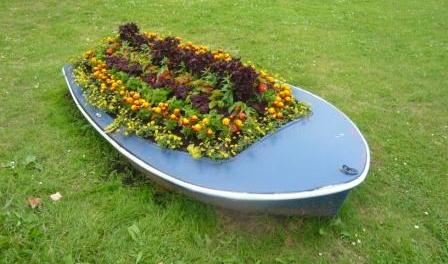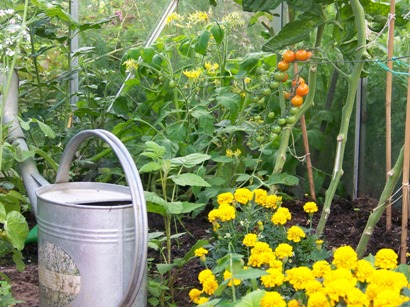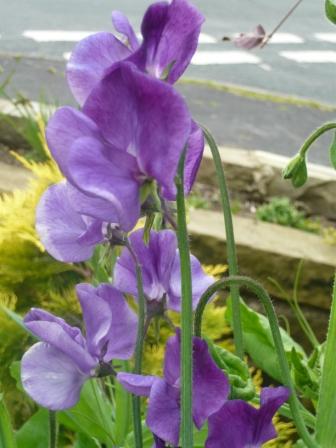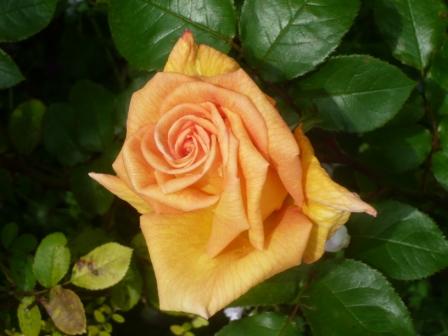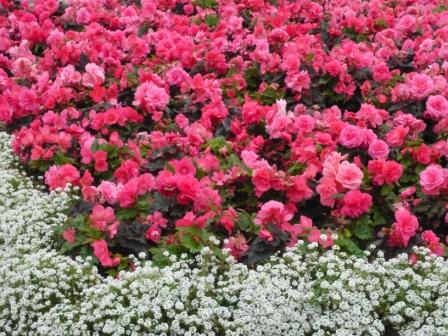
June is a good month for sowing seeds to get the plants you want for next year. I have sown some biennials today and will sow other seeds after the ‘hot’ summer.
Growing from Seed General Tips
- Do not sow in winter or in waterlogged ground or the seed will rot. ‘Sow dry and plant wet’.
- Annuals will flower 12 weeks after sowing but perennials may take up to 12 months or more.
- Do not cover seeds with 6 inches of soil they will never see the light of day. Generally a light covering will suffice.
- Seed in foil packets may stay fresh for 2 years as advertised on the packet but you want good germination rates so use good fresh seed.
- Read and follow the instructions on the packet but don’t be afraid to try collected seed.
Biennial Seeds Sown Today
- Sweet William Early Summer Scented are a mixture of Dianthus barbatus to flower from next April. I filled a seed tray with moist seed compost (peat and peat substitute tends to dry out then be hard to re-wet) then took a pinch of seed and sprinkled them evenly.
- Wallflower Blood Red is another fragrant spring flower sown in shallow rows outside. (Rows help show where the wallflowers grow compared to weeds which will come up at random).
- Campanula Pyramidalis’s very fine seed has been sown in modules and also direct into cultivated soil raked to a fine tilth. (Tilth is very fine top soil with lumps broken down in which to sow your seeds). I haven’t tried these before so they got a bit more TLC.
- I could have sown other biennials including Foxgloves and Honesty or winter flowering Pansy but there is still time for me to buy them.
Seeds to Sow this Year for Next Year
- Perennials like Aquilegia McKana Giant mixed will be sown on the surface of compost as they need light to germinate in September or October.
- Marigolds (Calendula not French) and Cornflower sown in September will survive the winter and should get off to a quick start next year.
- Sweet Peas can be sown in October to over winter. They need a deep root run and can be sown in long tubes.
Seeds from T&M

